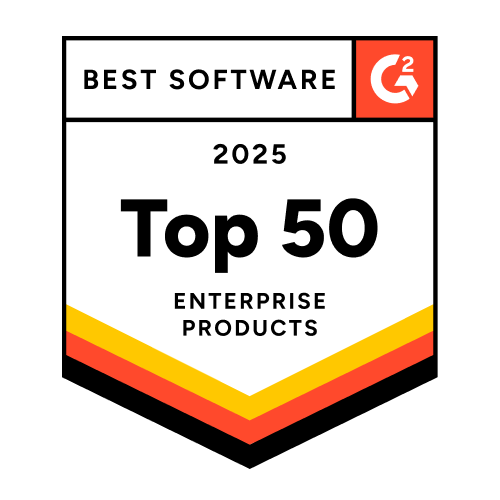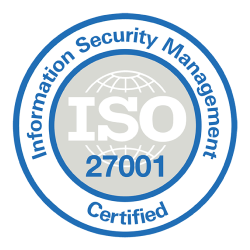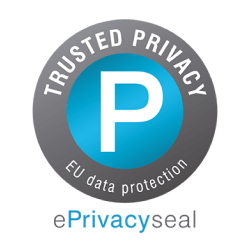Agentic Workflow
Agentic workflows let you automate complex tasks and entire customer journeys using autonomous AI agents that make decisions, adapt to changing conditions, and continuously optimize each step without your constant input.
For instance, set a goal like “increase repeat purchases” and the agent plans the journey, tests offers, and learns which actions drive results, all while coordinating email, SMS, and push notifications.
Why use an agentic workflow?
- Agents continuously monitor user interactions, trigger next-best actions, and optimize campaigns, freeing your team to focus on strategic projects.
- Workflows swiftly respond to new data, such as a sudden drop in engagement, by changing tactics or offers instantly for each user cohort.
- Automated workflows can run multi-step A/B tests, analyze results, and scale the most effective tactics, providing clear, data-driven results.
Agentic Workflow vs. Traditional Automation
| Attribute | Agentic Workflow | Traditional Automation | Example |
| Autonomy | High: acts without prompting | Low: requires predefined rules | AI agent triggers campaign changes based on live data |
| Adaptability | Real-time adjustment | Static, linear steps | Adjusts offers by channel |
| Context | Learns from context/memory | Minimal or session-limited context | Remembers user preferences |
| Integration | Multi-tool orchestration | Often single system | Syncs email, push, SMS flows |
| Learning | Continuous improvement | No self-optimization | Refines segments over time |
FAQs
Yes, enterprise-ready agentic workflows seamlessly integrate with platforms like your CDP and CRM to unify customer journeys, orchestrating SMS, email, web, and app messaging without manual handoff. This cross-channel coordination ensures your brand delivers timely, context-rich experiences and adapts in real time. For implementation, see Insider’s Agentic AI Engagement Guide.
Absolutely. Agentic workflows use autonomous AI agents to test, analyze, and tweak campaign elements—content, timing, audience segmentation, whenever performance data shifts. Enterprise marketing teams gain measurable uplift in conversions and engagement because optimizations run continuously, not on fixed schedules. Explore real-world applications in Insider’s guide.
Yes. Enterprise marketers set strategic goals, apply custom business rules, and audit AI-driven recommendations to ensure transparency and alignment with your brand strategy. Tools like Insider’s Agent One™ empower teams to approve or adjust automated actions at any stage. For configuration guidance, visit the Insider Academy Agent One docs.
The AI agents identify at-risk customers, adjust offers, and deploy tailored messages, all based on behavioral data to consistently deepen engagement and drive repeat purchases. This reduces churn and builds lifetime value without endless manual segmentation or one-off campaigns.
Monitor real-time impacts on conversion rates, engagement lifts, average order values, and operational hours saved. The platform automatically tracks and visualizes outcomes from every testing cycle making it easy to tie agent-driven automations to ROI and strategic KPIs.












